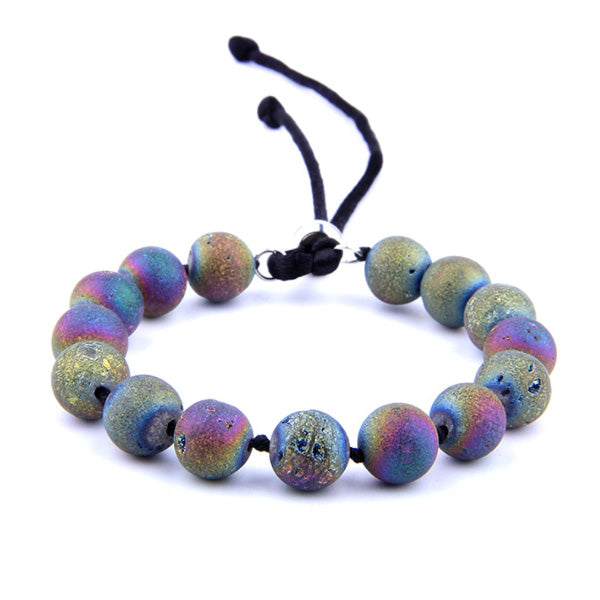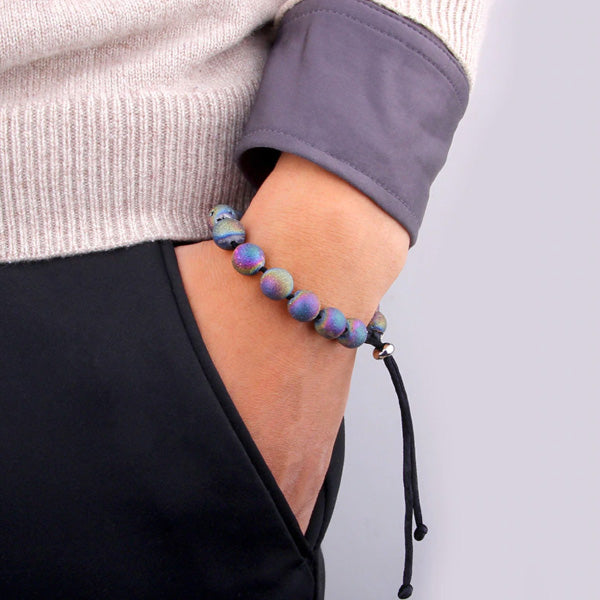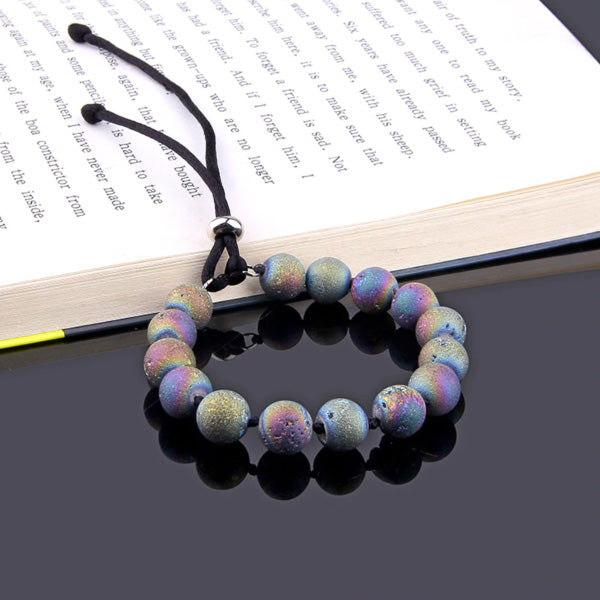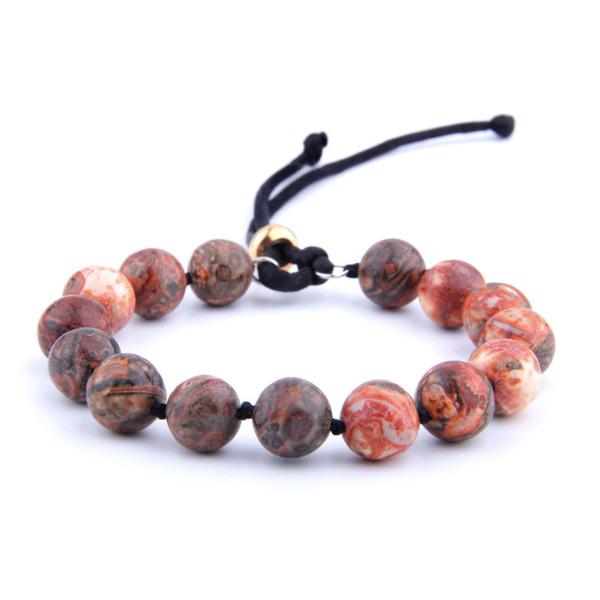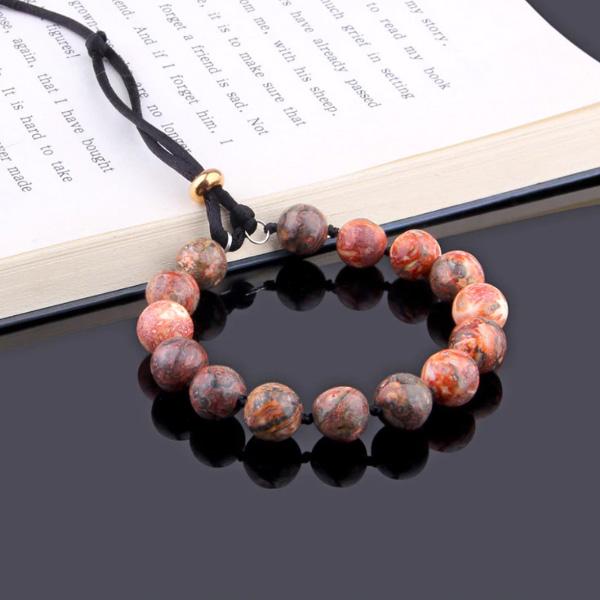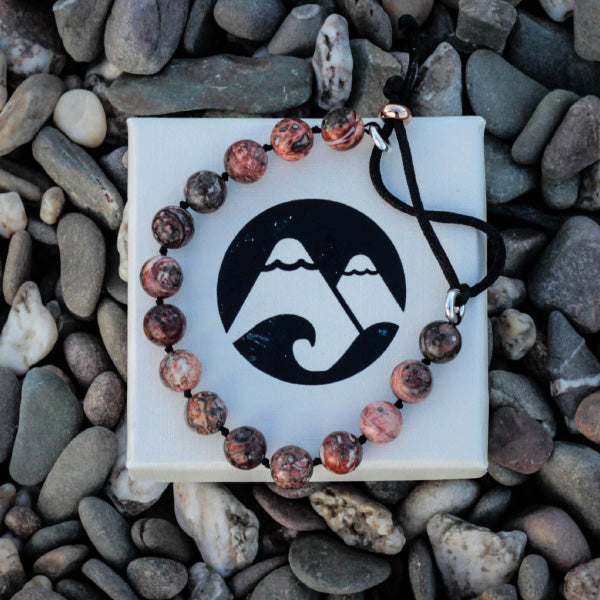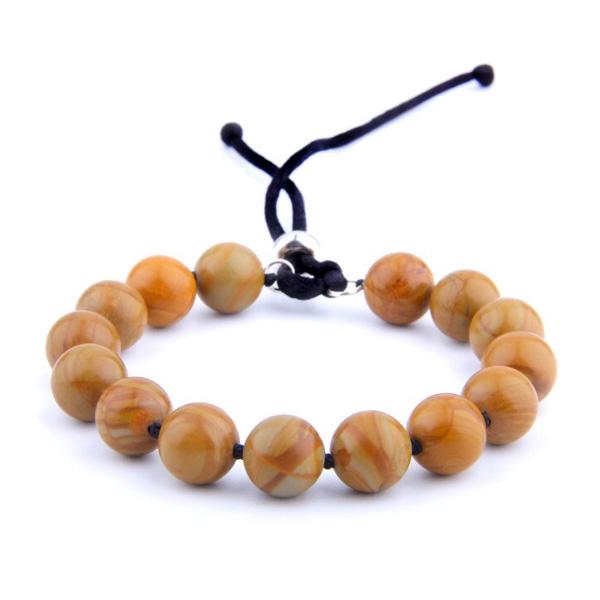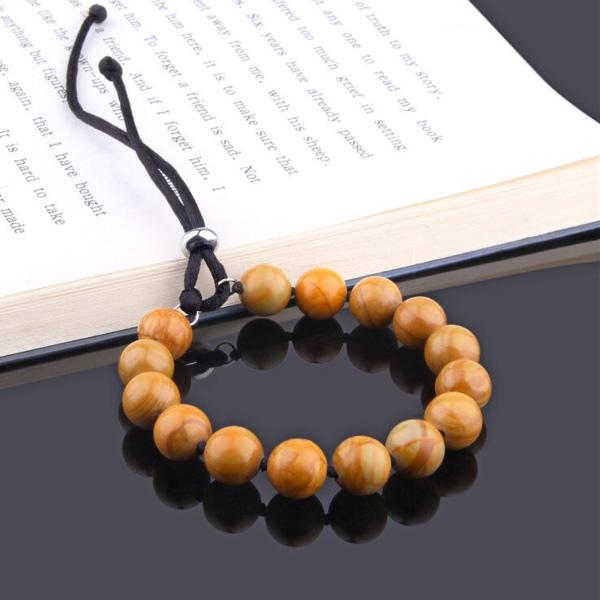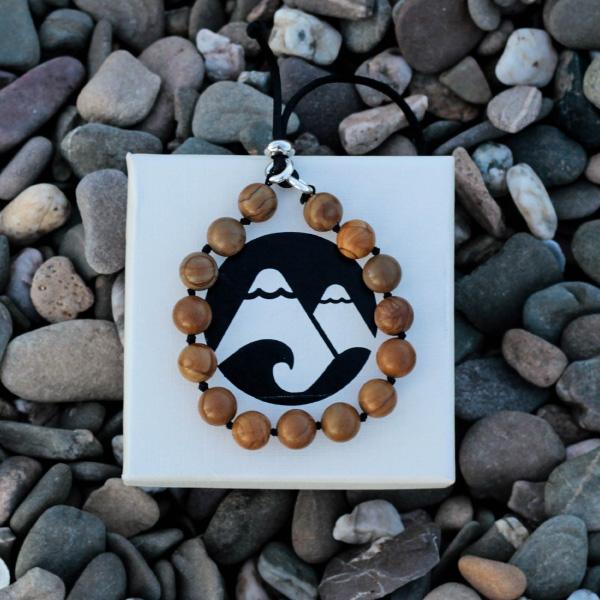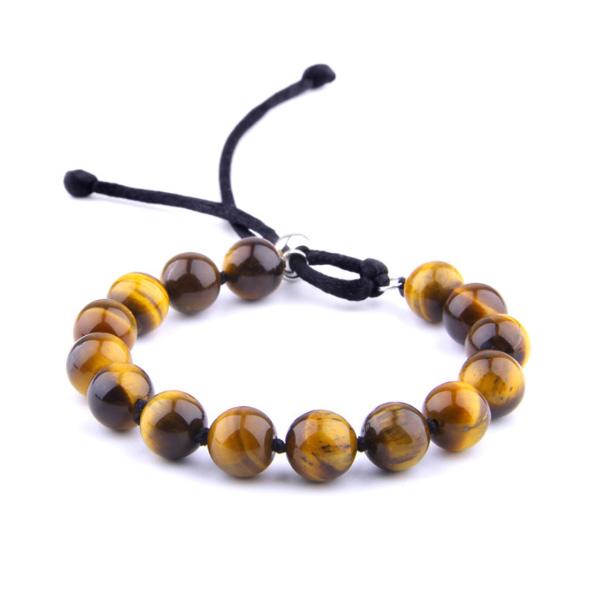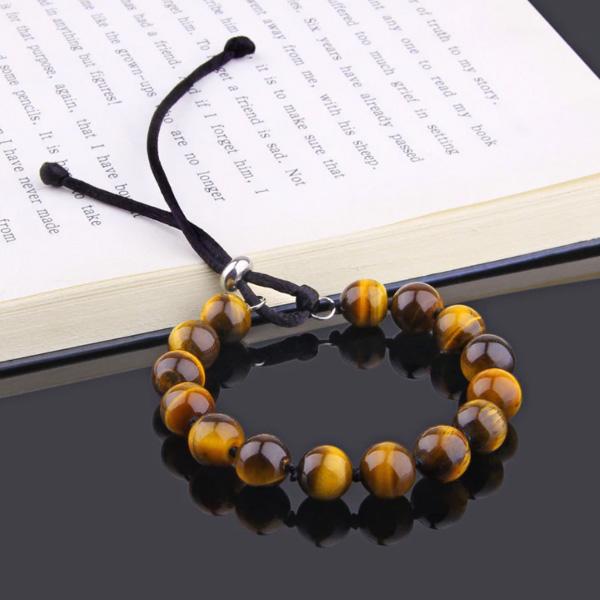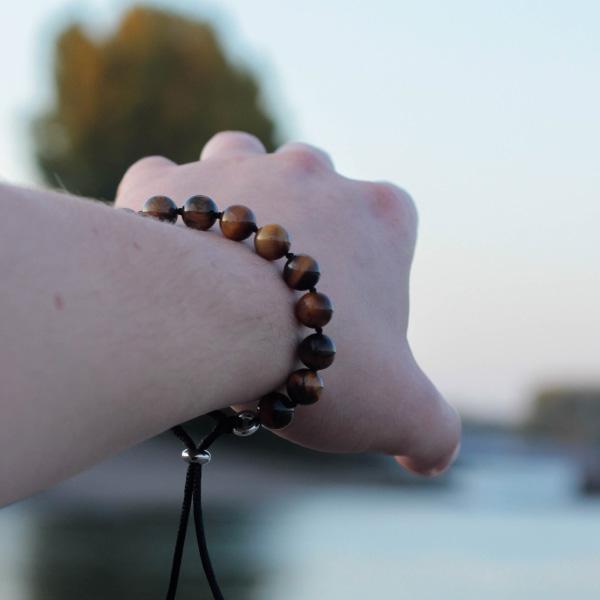Guide to Room Fragrances with DIY Recipes
Doing things yourself has many advantages: You know the end product's ingredients; you can design everything individually according to your ideas and needs, act sustainably, and usually save money. Today we will show you how you can make a wonderfully fragrant room fragrances yourself - without chemicals.
Fresh air and pleasant smells in the house without chemicals. Doesn't that sound great? Self-made air fresheners on a natural basis create a sensual atmosphere; you have the choice between lavender, lemon, eucalyptus, and many other fragrance oils. Soothing, homely smells stimulate our senses. A healthy indoor climate ensures that we feel comfortable and relax at home. With homemade room fragrances and a powerful breeze of fresh air, the household quickly becomes a natural oasis of well-being. Smells function very differently, from fruity apple, orange, bergamot, and Caribbean (coconut) to sweet (vanilla), refreshing lemongrass and floral (rose, jasmine) scents or herbal scents such as eucalyptus - the one scent invigorate, the others promote relaxation. By paying attention to your household waste and how to deal with it, you can feel even more relaxed at home.

In this article, you will find decorative instructions for your room fragrance, easy to copy.
Overview
Why pleasant smells are good for us
"Oh, that smells good!"
There are many approaches to approach a pleasant living environment. Some create this through an order; others like the charm of decorative elements like houseplants, and still others consciously stimulate their olfactory perception. Why we like some people or things better than others is strongly related to the world of smells. Fragrances often awaken memories and feelings in us that we thought were lost even after decades. Whether we perceive a smell as pleasant or unpleasant depends on the situation in which we smelled it for the first time.
In aromatherapy, individual components are used explicitly to trigger a specific, relatively general condition. Certain fragrances are assigned unique properties that trigger them. This is usually done by inhaling through the nose, but sometimes also through an aromatic oil massage or a scented oil bath.
Suppose you already know which fragrances you particularly like to have around you or which fragrances are right for you in particular situations, for example, when working or falling asleep. In that case, you should take action and integrate them into your living space.
Self-made room fresheners naturally create a harmonic atmosphere.
Neutralize unpleasant odors
Sometimes the problem is not the lack of a pleasant room scent but the presence of unpleasant smells. You can use these simple home remedies to purify the air quickly and effectively:
- As simple as it is useful: regular ventilation. Open all the windows once a day for 10 minutes. That should create a slight draft for the room - even when it is freezing in winter. If you have pets that are not allowed out, you should attach nets as protection in front of windows and, if necessary, on balcony or patio doors.
- Regularly empty bins and laundry baskets: The smells that collect there quickly turn into an unpleasant odor.
- Textiles are not only a haven for dust mites but also odors: Now and then, hang up your bed linen and tablecloth on the balcony to air out and pat your pillows and the sofa off.
If there are unpleasant smells such as cigarette smoke, alcohol, or something from cooking in the air, set up a bowl with vinegar water or coffee powder. Even baking soda or baking powder cab catch the smells and bind them.
The winter months are a pretty, simple, and natural way to spike an orange with cloves. You can make a pattern with the carnations if you have fun with them. If you tie a ribbon of fabric tightly around the orange and knot it, it is a good idea even to hang the orange. Cinnamon sticks can also be bundled together in small bundles and hung up; a fantastic Christmas room scent spreads out.
If you have herbs in the garden or on the balcony, you can also hang up bunches of herbs. If you want to start growing herbs and are not very experienced, we've written a simple guide on how to grow herbs at home - feel free to have a look. Harvest them in the fall, before most herbs would suffer from the cold of winter anyway. Tie the spices together with the stems either bundled according to the variety or mixed with a fabric ribbon. Hang them upside down, just like you would occasionally dry flowers on the ceiling or wall, and enjoy the natural scent.
Popular fragrances and their effects on your room
Before you surround yourself with a randomly chosen room fragrance, we have put together a small overview of typical natural aromas and their effects. So you can select the right room fragrance according to the respective intention and make it yourself.
- Bergamot: has a relaxing, anxiety-relieving effect and brightens the mood.
- Citronella: has a stimulating, refreshing, and mood-enhancing effect.
- Eucalyptus: has a stimulating, liberating, and refreshing effect. It purifies the air and is antiseptic.
- Spruce needle: has a stimulating, energizing, and refreshing effect.
- Jasmine: relieves stress and relieves mental tension.
- Chamomile: has a calming and harmonizing effect.
- Lavender: has a balancing and relaxing effect and helps you fall asleep.
- Mandarin: has an uplifting and anxiety-relieving effect.
- Melissa: has a harmonizing, strengthening, and refreshing effect.
- Orange: has a refreshing, invigorating, exhilarating effect and promotes creativity.
- Peppermint: has a memory strengthening and refreshing effect.
- Rose: has a calming and aphrodisiac effect.
- Rosewood: has a relaxing, balancing, and mood-enhancing effect.
- Rosemary: strengthens the will and assertiveness.
- Sandalwood: has a warming, balancing, and erotic effect.
- Vanilla: has an exhilarating, warming, and aphrodisiac effect.
- Ylang Ylang: has a relaxing, calming, balancing, and mood-enhancing effect.
- Cedarwood: has a strengthening and nerve-soothing effect.
- Cinnamon: has a balancing, nerve tonic, and stimulating effect.
- Lemon: has an invigorating and refreshing effect.
List of beneficial essential oils
You are entirely free to choose your herbal base or your essential scented oil. If you like, you can combine several oils to suit the season. For example, your apartment smells lovely and Christmassy if you mix cinnamon, cloves, and apple or orange.
Since many essential oils have a healing effect, we found out how the mood can be improved with the right fragrance. Just see this as an inspiration if you can't decide on a room fragrance.
Soothing oils
- rose
- chamomile
- lavender
- jasmine
- Bergamot
- Neroli (orange blossom)
- Ylang-ylang
- Patchouli
- incense
- Spruce
- Pine
- fir
Invigorating oils:
- mint
- Lemon balm
- Lemon (grass)
- orange
- tangerine
- Grapefruit
- rosemary
- sandalwood
- cedar
- vanilla
Oils with an antibacterial effect:
- eucalyptus
- clove
- cinnamon
- Tea tree
- peppermint
- rosemary
- thyme
- sage
- jaw
- Spruce
- lavender
Essential oils are very concentrated, so you usually only need a few drops for a fresh living ambiance. Countless plants end up in a small bottle - if nothing else, you should use the pure scented oils sparingly.
Mixtures that harmonize well include:
- Orange and lemon
- Rosemary and mint
- Ylang Ylang and Tangerine
- Lavender and rose
If you are unsure which fragrances go together, try the mixtures first in a smaller mixing ratio and not directly in the bottle. If you want to make a room fragrance yourself without alcohol, you can also use neutral vegetable oil instead of alcohol and glycerine.
Choosing the right sort of room fragrance
The choice is tough sometimes. A potpourri, fragrance stone, fragrance lamp, scented candle, air freshener, or diffuser? What kind of room fragrance is right for me?
There are several ways to diffuse scents in your home. Those who like the sight of dried flowers are in good hands with a potpourri. For this, a small bowl is taken and filled with dried flower petals. Whether roses, lavender, or marigolds is up to you.
If you like it a little more subtle, you can use a fragrance stone for a pleasant room scent. These come in different sizes and shapes, and all you need to do is drizzle a few drops of essential oil on them. A small disadvantage is that you have to laboriously and thoroughly clean the stones if you ever want to drizzle them with other essential oils.
With an aroma lamp, you put some water in a small container attached to a tea light. A few drops of essential oil go into the water. The rising heat helps the oil to spread. This is an atmospheric variant, especially in the colder months of the year.
You can buy scented candles ready-made or put a few drops of essential oil on the candle - similar to a scented stone. Tea lights or candles with a wide diameter are best suited for this. An air freshener is a small container with a scent-binding content on the one hand and scent-releasing components. We will explain a little below how you can make such a freshener yourself. Before that, here is a comprehensive guide on how to improve your air quality naturally with the right choice of houseplants.
A diffuser is a glass container usually filled with alcohol and glycerine or vegetable oil and essential oils. Thanks to several wooden sticks, the scents are evenly distributed. You can find out how to make a diffuser yourself here:
DIY recipes for room fragrances
The basis
The following recipe forms a reasonable basis with which you can let off steam creatively. It is versatile, since you can use any sort of essential oil of your choice.
What you will need:
- A pretty bamboo stick
- Glycerin 98%
- Alcohol
-
Essential oils of your choice
Mix 60 ml of alcohol with 4 ml of glycerine and 100 to 150 drops of essential oils - already in the bottle. Stir everything well and put 3 to 6 bamboo or rattan sticks in it. Finished. The job of the alcohol is to dissolve the essential oils while the glycerin binds the solution again. This way, the smells can be better absorbed and distributed by the wooden sticks. Place the wooden sticks in the glass, and the scent will spread over the wooden sticks into the living room.
Make air fresheners yourself
Air fresheners can be an uplifting addition to your living room. They can also become a lovely addition to your room decoration.
What you need:
- An empty jam jar
- Either the corresponding lid or an air-permeable cloth
- Baking soda or baking powder
-
Dried flowers or herbs
Take the clean, dry glass and fill it halfway with baking soda or baking powder. Fill the other half - it doesn't have to be full - with dried flower petals, spices, or herbs. There are no limits to your creativity. Now screw the lid onto the jar and carefully drill a few holes. Alternatively, you can stretch an air-permeable cloth with a rubber band over the glass. If the room fragrance wears off at some point, all you have to do is give the jar a fair shake.
Homemade scented pendants, scented sachets, or room fresheners are somewhat more scented.
- For your own "scent tree", cut a piece into the desired shape and put 3 to 5 drops of scent from perfume sample bottles or pure essential oil on the hanger. Poke a small hole with the scissors, pull the ribbon through and hang it up.
- For a scented sachet, fill cotton or linen fabric with dried flowers or herbs, pull up the outside, and pull the material together into a sachet with a cord or ribbon. In the linen cupboard or bedroom, it clarifies the air fruity and fresh. You can conjure up a green room refreshment with a decorative effect by using a small glass bottle, individual scented oil, and 3 to 5 wooden sticks.
Have fun experimenting with the many different room scents. Our tip: room fragrances are a great fit for a thoughtful gift.
Simply made fragrance sticks
Nothing screams "wellness" as loud as a room fragrance diffuser. Everyone immediately connects those small bottles with the fragrance sticks to the home spa. The best thing about it: By adding sticks, you can quickly intensify the scent and adapt it to individual preferences.
To make a fragrance dispenser or incense sticks yourself, you don't need a lot of material: A short glass bottle with the narrowest possible opening and wooden bamboo sticks that absorb the scent out of the bottle. They should be about twice as long as the glass jar.
A carrier or solvent is essential for the liquid fragrance mixture with essential oils. For this, you can use an odorless vegetable oil such as rapeseed oil or sunflower oil. The homemade room fragrance diffuser works even better with alcohol (vodka, grain, and white rum are odorless). The alcohol ensures that the fragrances are distributed in the room through evaporation.
Our tip: If you have a fragrance dispenser with alcohol, you should also add some glycerine. The natural sugar alcohol is used for sweets or fondant, for example, and helps the room fragrance components to combine better. You can get glycerine in pharmacies or on the Internet.
If you want to make your room fragrance yourself without alcohol, fill the diffuser bottle with 90 ml of neutral oil instead.
Instructions for DIY air fresheners:
For a bottle with a capacity of approximate 100 ml
- 80 ml of alcohol
- 10 ml of glycerine
- approx. 8 ml of essential oil
- 5–10 wooden sticks
Put all ingredients in the bottle and shake vigorously - to do this, hold the bottle opening with your thumb down. Now you can put the sticks in the self-made fragrance dispenser and set up the diffuser against unpleasant smells at your desired location. If the scent is too weak, add more sticks or dribble more scent aroma into the solution.
Make a room spray yourself
With a homemade room spray, bad home odors can be combated in a targeted manner. The good thing: You are not tied to a specific location because the spray is mobile in the bottle.
Our DIY room spray is based on baking soda, clay, and vinegar - all of them ingenious home remedies, be it for cleaning or homemade natural cosmetics.
For your DIY room spray, you need:
- One teaspoon of greenwashing clay
- One teaspoon of fine-grain baking soda
- Two drops of essential oil
You put the ingredients together in a spray bottle and fill it two-thirds with water. Then shake everything vigorously, and your natural room fragrance in spray form is ready. The whole thing can be kept for several weeks.
Our tip: You can use the homemade room spray in all rooms of the house. However, caution is advised with textiles or wooden furniture because essential oils can leave traces on them.
How to make fragrance gel
Fragrance gel in a can is useful if you are looking for a room fragrance for outside. In the decorative glass jar, you can comfortably take the air freshener with you on the balcony or terrace to let the scent of exotic fruits or herbs waft around your nose while enjoying a vino with friends.
You can use gelatine as a solvent and odor storage, dissolved in water, and enriched with essential oils. If you want the scented gel to have a nice color, you can mix in a few drops of food coloring - for example, green for fir oil, yellow for citronella, or purple for lavender oil.
In contrast to the homemade room fragrance diffuser, a vessel with a large opening is required for the gel variant, as the fragrance is released through the surface. A small mason jar with a two-part lid through which the odors can spread is perfect.
Instructions for homemade fragrance gel:
For two glasses with a capacity of 120 ml:
- Approx. 20 g gelatin powder (2 packets)
- 120 ml of hot water
- 120 ml of cold water
- 1-2 teaspoons of essential oil
- optional: food coloring
Mix the ground gelatine in a bowl with the hot water until the powder has dissolved. If you like, you can add a few drops of food coloring. Now pour the cold water over it. Stir in the essential oil of your choice.
Spread the mixture evenly between the two canning jars. Put the grid lid on and let the naturally scented gel cool down for two hours so that it sets. And we are done.
Our tip: As an insect repellent, you can enrich your scented gel outside with citronella or lemongrass oil.
Room fragrance without essential oils
You can do without any additional fragrances if you take advantage of the aroma of fresh or dried fruit. You can dry oranges, lemons, or mandarins during the Christmas season and use them to make fragrant Advent wreaths or potpourri together with cinnamon sticks.
It's even faster if you pepper mandarins or oranges with cloves and distribute them as tables or window decorations. In the vicinity of a heater, the fruits give off an even more pungent odor and scent the entire room.
Conclusion
Your room's scent is linked to your mood; therefore we hope our recipes help you creating a pleasant and unique room fragrant accessory. If you feel like there is something we missed in this article, feel free to write a comment about it. Be creative, stay health, and become more eco-friendly. And for more inspiration, here is a video recommendation from us with inspiring ideas for a better smelling home:
